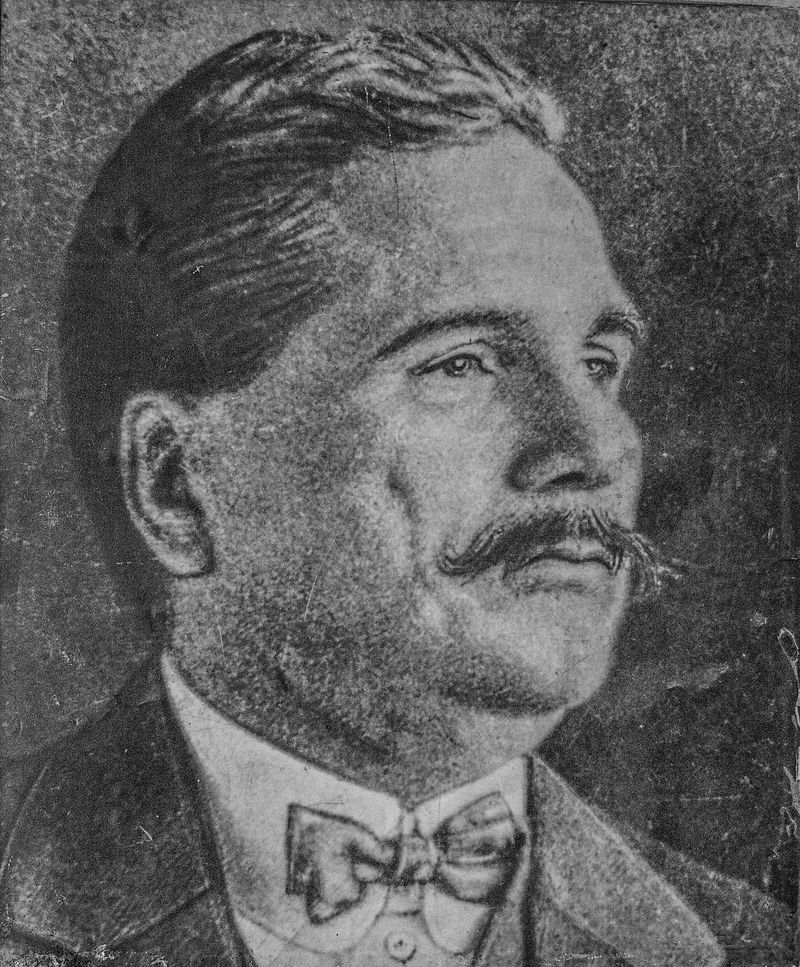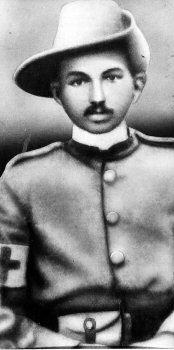
Caste-based #reservations are always a subject of debate but the #quotasystem is much older than most people think. The first reservations on economic grounds were introduced in #India as early as 1902. 1/11 

On 26th July 1902, an order was issued by the ruler of the princely state of #Kolhapur. It said that 50% of all vacancies in offices/government jobs will be filled by the #backwardclasses. This order sent shockwaves across British-India. 2/11
And he royal who introduced this revolutionary change was Kolhapur’s visionary ruler Chhatrapati Shahu Maharaj. 3/11
This first reservation was the result of a wave of #socialreform across India after the 1860s, where visionaries championed causes such as the abolition of untouchability and child marriage. Their progressive views inspired the young Chhatrapati Shahu. 4/11
It was Jyotibha Phule who had first argued for proportionate representation for backward castes in jobs and education, in his deposition to the Hunter Commission in 1882. But it would take 20 years for it to bear fruit in Kolhapur. 5/11 

Chhatrapati Shahu was deeply moved by caste oppression and exploitation of common folk (non-Brahmins). He was young, had received a liberal education and had travelled extensively, which shaped his way of thinking. 6/11
Despite stiff opposition from people and leaders like Lokmanya Tilak, his efforts prevailed only through the support of the Government of Bombay. Although Chhatrapati Shahu died in 1922, the idea of reservations rapidly gained momentum across India. 7/11 

It led to the formation of the South Asian Indian People’s Association in 1916, which evolved into the ‘Justice Party’. In 1921, the Justice Party’s government in Madras passed an order reserving 44% of jobs for non-Brahmins - a first for a popularly elected government in India. 

The announcement of separate electorates for backward castes by British Prime Minister Ramsay Macdonald in 1932 led to rifts between national leaders like Mahatma Gandhi and Dr B R Ambedkar, culminating in a negotiated agreement - The Poona Pact. 9/11 

According to the pact, the separate electorates for the ‘Depressed Classes’ were scrapped in return for reservation of a certain proportion of seats. This policy of social justice was carried forward after India’s independence in 1947 by the Constituent Assembly. 10/11
The ruler who first proposed this radical reform, Chhatrapati Shahu, is still remembered as ‘Rajarshi’ or the ‘Saint King’ by millions of people, whose lives he changed for the better, forever. 11/11
• • •
Missing some Tweet in this thread? You can try to
force a refresh
















